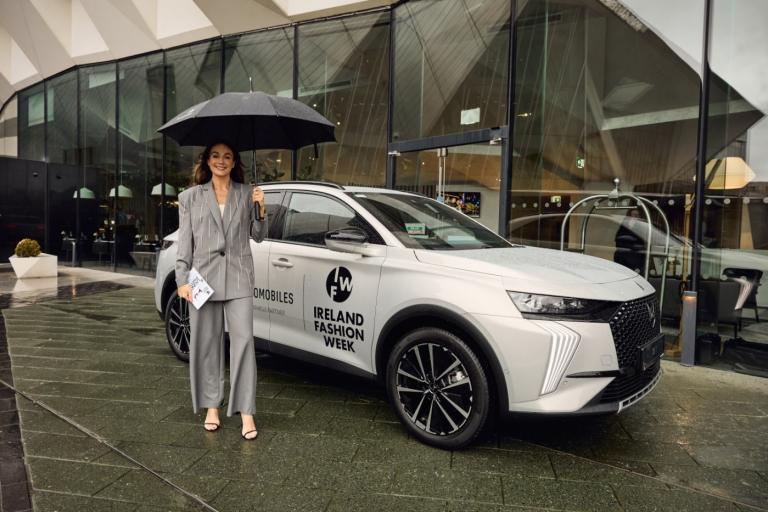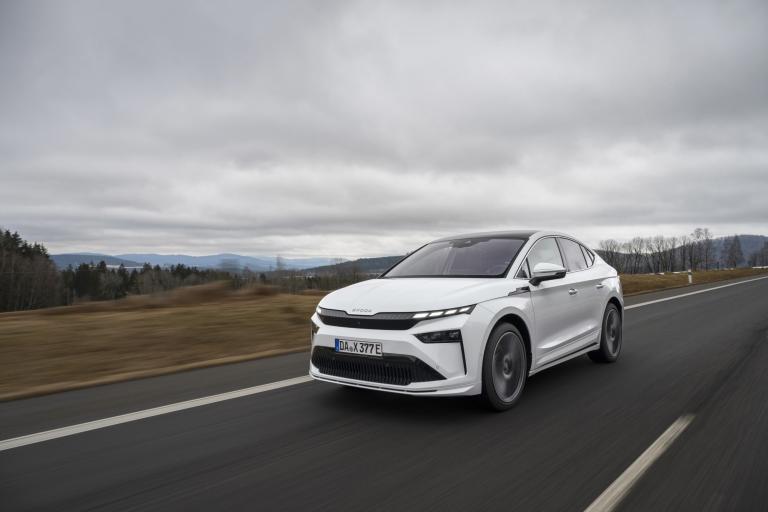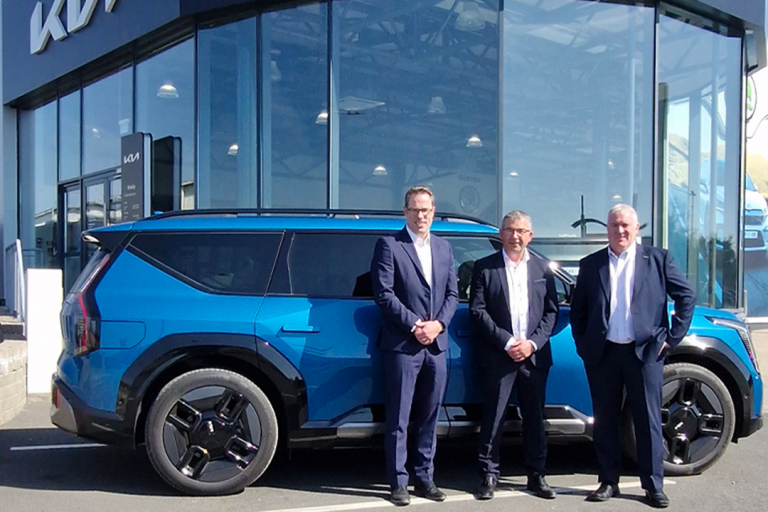A tale of two drivers with the new BMW 330e plug-in hybrid saloon
Published on 21 March, 2020
BMW 330e plug-in hybrid saloon
Overview
This week's car review is all about the contrasting fortunes of two BMW drivers: one who has a way of maximising the model's technological benefits, the other (me) at a loss to do so.
The owner/driver thought her car was among some of the better things since the invention of sliced bread, whereas I thought there was half a loaf already missing from its on-test equivalent.
And the latter is all (well, mainly) the government's fault. That's my opinion; I am sticking with it. I'll explain later.
The car in question was the latest plug-in hybrid (PHEV) version of the BMW 3-series, called the BMW 330e. Before going into the tale of two drivers, a little background is warranted.
This latest 330e version comes with improved battery output. They claim it can cover 50pc more ground (to 66kms) on electric power only. They also claim that C02 emissions are reduced by more than 15pc.
That's the 'green' side of this saloon. There's a lighter shade of verdant in the use of its XtraBoost facility, a gimmicky, if powerful demonstration of what an extra 40hp top-up can do (for a maximum of 10 seconds) when you press a button. With its power surging, total output peaks at a whopping 292hp. It soaks power - but what a spurt - and a reminder that this is a 3-series sporty saloon (0-100kmh 5.9secs; 230kmh top speed).
However, it is more a distraction than an asset. The car is, by its plug-in-hybrid nature, primarily primed for the parsimony derived from the combined use of electric and petrol power sources.
Plug-ins, as you know, have larger batteries than ordinary hybrids and can be charged via a home socket or public point - so they can travel further on pure electric power.
Providing overall propulsion in the 330e was this combination of 2-litre 4cyl petrol engine (184hp), a 113hp electric motor and 12.0 kWh lithium-ion battery. The latter slots under the rear seats; the petrol tank sits over the rear axle. It does affect boot capacity. I don't care what BMW say about it being 375 litres; it's a drawback. You can expand luggage space as the 40:20:40 rear-seat backrests split and fold.
The ideal situation for a 330e is where someone has a daily commute of 30/50kms and a means of charging at one or both ends of the drives.
That is precisely where the system fell down for me and shone like a beacon for the dinner acquaintance who regaled us with her practical experience of its benefits.
She reckoned she'd filled the tank only half as many times as she used to with the 430d Gran Coupe, because she has a home charger and an ideal PHEV commute. The car was made for her. And fair dues to her for using PHEV to the letter, and spirit, of what it is designed to deliver.
Observers at the dinner table could hardly have missed the contrast in her beaming smile and my barely suppressed grimace when the topic was raised.
I had a different story to tell about my test car (which coincidentally, sat outside the restaurant window reminding me it had just soaked yet another €50 worth of petrol). How much could I have saved if I had a charging point at my abode or within anything resembling a decent distance of the front door?
My experience reinforced realisation of the mammoth task we (you, I and 'government') face in laying out a charging infrastructure for those of us not in position to have one, due to the type/location of building we occupy.
So even though I would welcome the prospect of not having to chuck in €50 as often as heretofore, the reality is I can't. That's why I say I blame the government for not pumping a lot more money and planning into new-location charging points. As things stand it feels like the waste of a useful resource. I'm aware of more pressing needs for resources, of course, at this time but the longer-term challenge awaits.
Anyway, we two contrasting drivers did have one thing in common about the 330e. It helped us to tailor our driving to lower speeds than we might contemplate in a conventionally propelled car. We agreed that keeping under 100kmh (where 120kmh was permitted) yielded disproportionately better fuel economy.
So, would I buy it? No, for precisely the reasons just outlined, though I'd consider if I had a convenient means of charging. Or am I fooling myself? Would I have the discipline so obviously adhered to by the new lady owner?
I don't know - but I'd certainly love to have the option.
Facts & figures
BMW 330e Plug-in hybrid
2-litre, 4cyl, 184hp M Sport saloon; 113hp motor; 1.7l/100km, 35g/km, €170 tax, 8spd auto.
Spec includes Vernasca leather, M Sport Plus package/adaptive suspension, 19ins alloys, sport front seats, wireless charging, front LED fogs, split folding rear/heated front seats, auto air con, adaptive LED headlights, DAB digital radio. Price from €51,940; with options: €54,850.
Latest Reviews

DS Automobiles Named Official Vehicle Partner for Ireland Fashion Week

Škoda Enyaq Updated for 2025 with More Range, Style, and Tech

Bradys Cavan Appointed as Newest Kia Dealership in Ireland